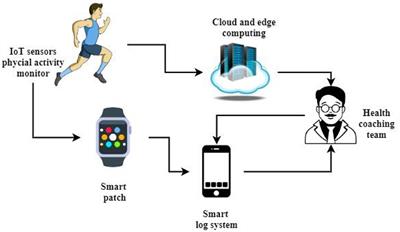While medicine remains both art and science, managing the business of Healthcare System has grown increasingly complex. Numerous administrative tasks support and connect vital clinical services behind the scenes. Similar to organs in a body, these hidden operational layers allow the “system” to function. Learning their roles allows providers to optimize workflows.
Intake and Registration
Long before the first stethoscope touches a chest, administrative gears start to turn. Patients need to check in, verify insurance coverage, disclose medical histories, sign consent forms, etc. Thorough intake protects against care delays or authorization denials down the line, which can disrupt revenue.
Registration staff serve a crucial role, collecting and precisely entering detailed demographic and insurance data. Friendly-first impressions also help attract return patients. This administrative foundation upholds the clinical encounter to come.
Medical Coding in Action
As providers diagnose conditions and document visits in charts, the medical billing code details emerge that allow services to be billed. The experts at Find-A-Code.com tell us that certified medical coders translate written narratives into universal numeric descriptors that payers understand.
Accurately conveying medical complexity and time spent is vital. Under-coding leads to lost revenue, while embellishing actual clinical details raises ethical concerns. Nuanced human insight guides proper coding, not one-size-fits-all algorithms. This coding bridge enables payment for delivered care.
Claims and Correspondence
Once coded data is compiled, insurance claims can then be generated and transmitted. This is rarely the end of administrative efforts though. Payers may reject or incorrectly process claims that then require appeal letters with messaging to resolve. Providers must correspond to justify medical necessity or clear up errors.
Staff must track appeals progress and follow up persistently. Winning fair payment may demand telephoning payers directly and escalating matters if needed. Skilled claims and correspondence staff are the grease easing stuck bureaucratic wheels.
Prior Authorization Navigation
Many services now require insurance approval beforehand, adding to the administrative workload. Staff must determine which plans mandate prior authorization and what specific criteria need to be met. Clinical details are compiled, and forms completed to present persuasive cases.
Navigating these pre-approvals demands an intricate balance of persistence and patience. Securing authorization is essential to prevent denials down the road that invalidate medical coding efforts later. This proactive administrative work allows care to proceed as smoothly as possible.
Patient Billing and Collections
When insurance portions are finalized, collecting remaining balances directly from patients becomes vital. Billing staff issue clear statements and make payment arrangements accessible. Discussing financial obligations transparently while preserving compassion is key.
Ethical but assertive collections approaches bring in earned residual revenue while maintaining community goodwill. Patients facing genuine hardships may need payment plans or forgiveness options. Nevertheless, administrative stewardship keeps patient billing running smoothly.
Analytics and Oversight
Practice managers play a major oversight role in analyzing billing trends to identify weak spots. Are certain services delivering lower-than-average collection rates? Do some payers chronically underpay? Analytics reveal where workflows can be realigned.
Sharp administrators keep day-to-day operations flowing while implementing adaptations to strengthen the business. They ensure vital clinical work remains the centerpiece supported properly by efficient administration happening seamlessly behind the scenes.
Conclusion
Behind each blood pressure reading and prescription scribbled lies meticulous administrative work enabling care delivery. While physicians rightfully remain centered on patients’ medical needs, the operational machinery running in the background cannot be neglected.
When registration, coding, billing, collections and analytics are precisely optimized, clinicians can devote their full capacities to the sacred healing arts. Smoothly navigating Healthcare System hidden layers allows humanity at medicine’s core to shine through. Though unseen, these systemic supports uplift the patient-provider relationship to which all efforts must ultimately flow back.

